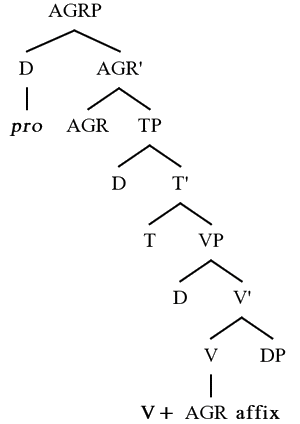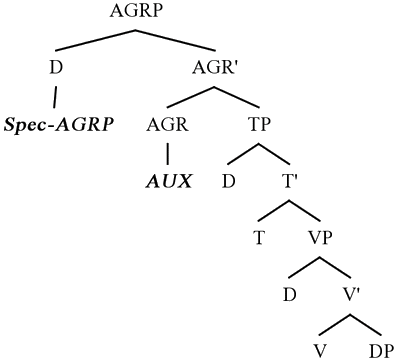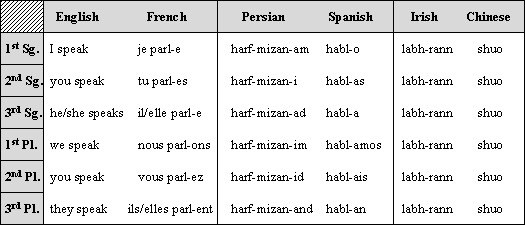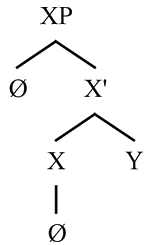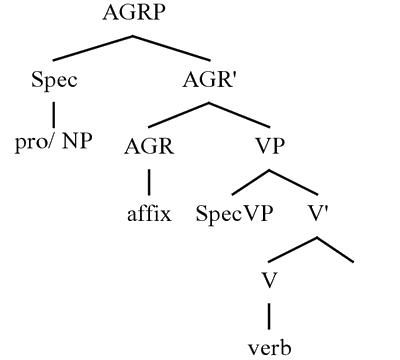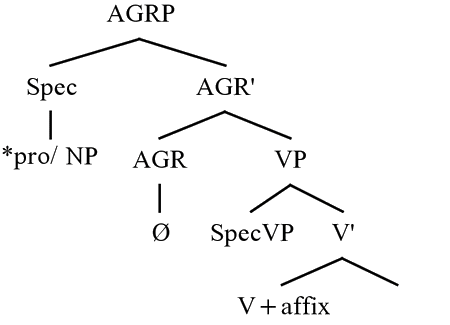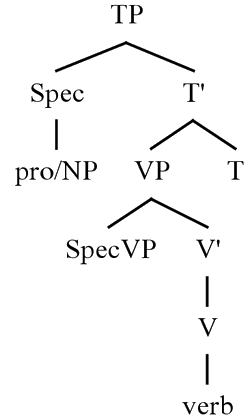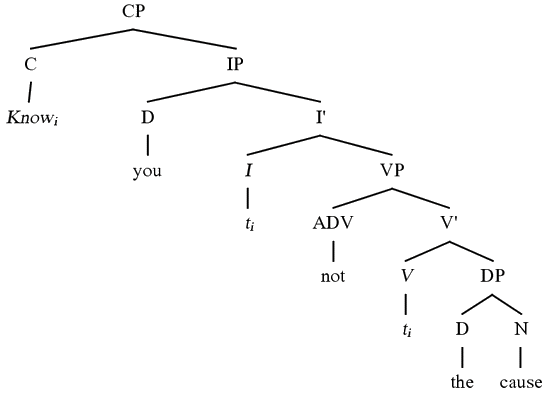3. The most troubling and damning problem, as Deal (2005a) puts, is that even given clearly poor agreement, pro-drop might still occur; in other words, rich agreement is not a necessary condition for a language to be pro-drop, as in Chinese, Japanese, Korean, and Malayalam (Huang 1984, 1989). Mohanan (1983) and Huang (1984) claim that the correlation between rich agreement and pro-drop is at best a tendency and not an absolute principle.
Consequently, on the one hand, the potentiality of Taraldsen's generalisation to bring together all sorts of data from many different flavours of languages is still very attractive to the continuing research project of pro-drop and on the other hand, the generalisation is incomplete with respect to the sum of null subject languages, some of which seem to require other mechanisms or additional stipulations.
2.1.2 Chomsky's Empty Category Principle (ECP) (1981a)
Comparing the sentences below:
| (11) | a. [CP Whoi [IP do you think [CP ti [IP Bill will [VP invite ti ]]]]? b. [CP Whoi [IP do you think [CP ti that [IP Bill will [VP invite ti ]]]]? |
| (12) | a. [CP Whoi [IP do you think [CP ti [IP ti will [VP invite Bill ]]]]? b.*[CP Whoi [IP do you think [CP ti that [IP ti will [VP invite Bill ]]]]? |
one can understand that there is a distinction between the extraction of objects, as in (11), and of subjects, as in (12). This distinction is called 'subject-object asymmetry' with respect to extraction. The phenomenon in (12b) is known as that-trace effect which is considered as ungrammatical in non-pro-drop languages. It refers to the extraction of a subject preceded by a complementiser. In general the sequence of a 'Complementiser (COMP) + trace (t)' is considered ungrammatical. But the question arises as to what the difference between (11b) and (12b) is. Consider the respective partial schematic representation of each of these sentences in Figures 1 and 2 below:
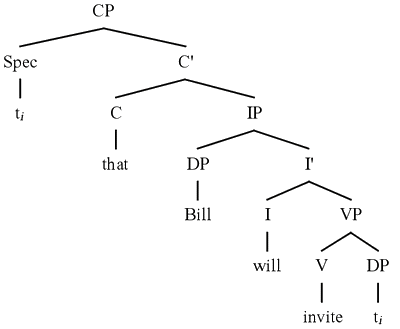
Figure 1: Object extraction
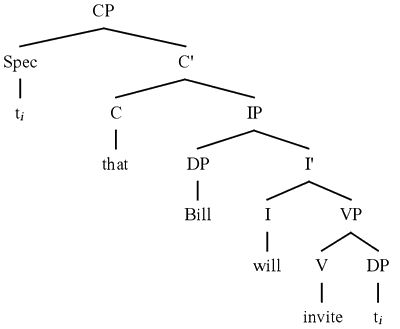
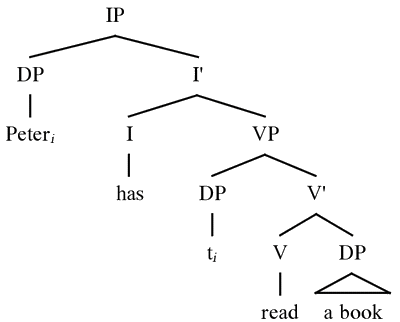
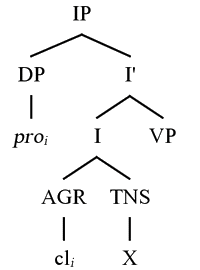
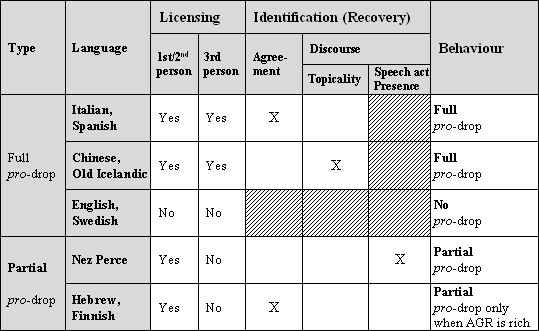

 AG is ungoverned too
AG is ungoverned too 